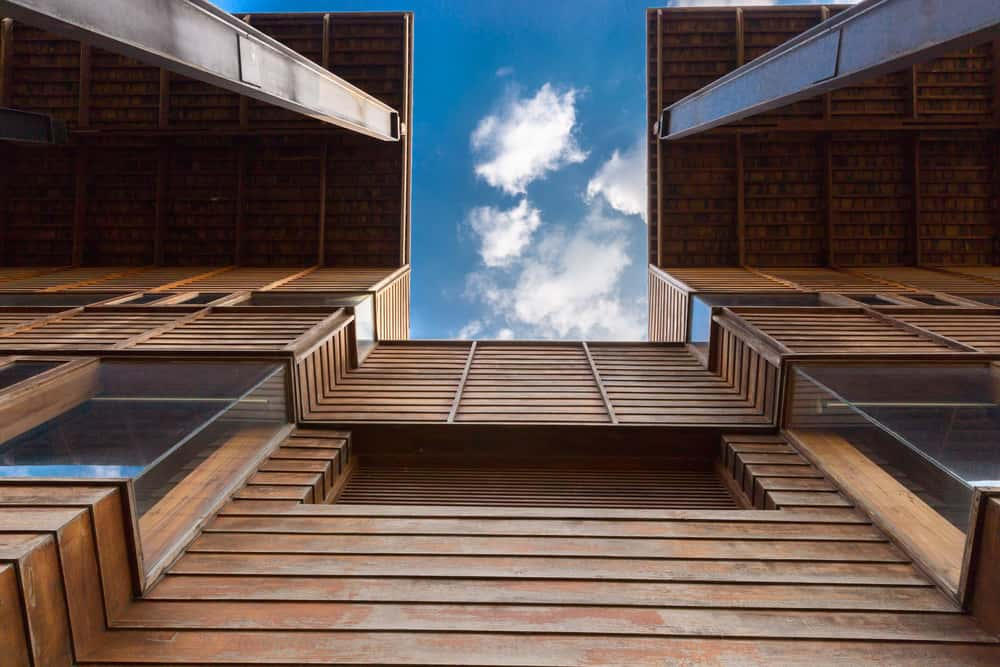What is Wall Cladding?
Cladding is a process of layering one material over another material. Wall cladding panels are basically composed of a layer of material over a wall. It is also known as siding. Cladding can be carried out on not just the exterior walls but also the interior walls.
Several wall cladding materials can be used to layer the walls, depending on the requirement. This gives you a wide variety to choose from, and it gives a new look to the building structure.
Read on to find out all about wall cladding, its advantages, exterior cladding materials and interior wall cladding, and more.
Advantages of Wall Cladding
A few benefits of adding wall cladding panels are listed.
1. Aesthetic Look and Feel
Wall cladding enhances the look of the building or the house. If one wants to give a new and modern look to an old structure, wall cladding is the best choice.
The newly revamped walls improve the appearance and value of the home.
Options like granite cladding and marble wall cladding can add an aesthetic appeal to the structure, which in turn adds to the market value of the property.
2. Safety and Protection
This is a fundamental function of external wall cladding.
Adding another layer to the walls adds to the mechanical strength of the building. It also adds an extra layer of protection which improves the resistance of the structure to various elements like cracks due to climate change, rain, humidity, sunlight, etc.
3. Insulation
Wall cladding materials offer insulation benefits too. The extra layer installed on the walls provides insulation in the walls from heat, water, and sound.
This property of safeguarding the walls from insulation helps in saving a lot of energy and can ultimately result in less maintenance and electricity bills.
4. Low Maintenance
The most beneficial advantage of wall cladding is that it does not require maintenance frequently as compared to painting the walls. This will ultimately cut down the expenditure on maintenance bills at regular intervals.
Most materials require a simple wash to bring back their freshness and look like a new installation.
5. Variety
Once you have decided to get your walls sided, you will want options. There are a wide variety of wall cladding materials to choose from.
Depending on your preference, you can select the material. The variety ranges from wood, stone, brick, and aluminium to metal, ceramic, vinyl, terracotta, etc.
Types of Wall Cladding Materials
Here are seven types of wall cladding materials for you to consider.
1. Brick Wall Cladding
Bricks are the oldest materials used in construction. This is the most common type of wall cladding material. It is available in a wide range of colours.
A variety of bricks include white stone, vintage, rustic, rosebud, and greywood. It safeguards the structure against fire elements. This is an expensive investment, but it lasts for years.
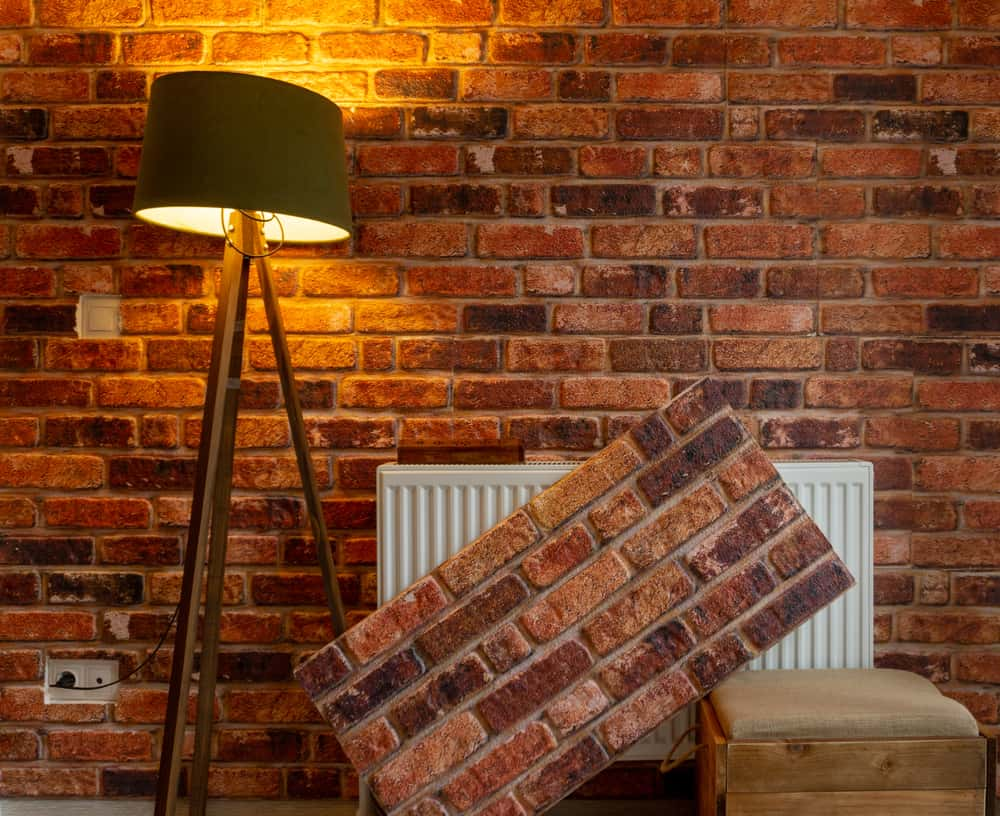
2. Wood Wall Cladding
This type of wall cladding material includes Eastern white pine, plywood sheets, wood shingles, redwood, and cedar. Its installation and maintenance are costly affairs.
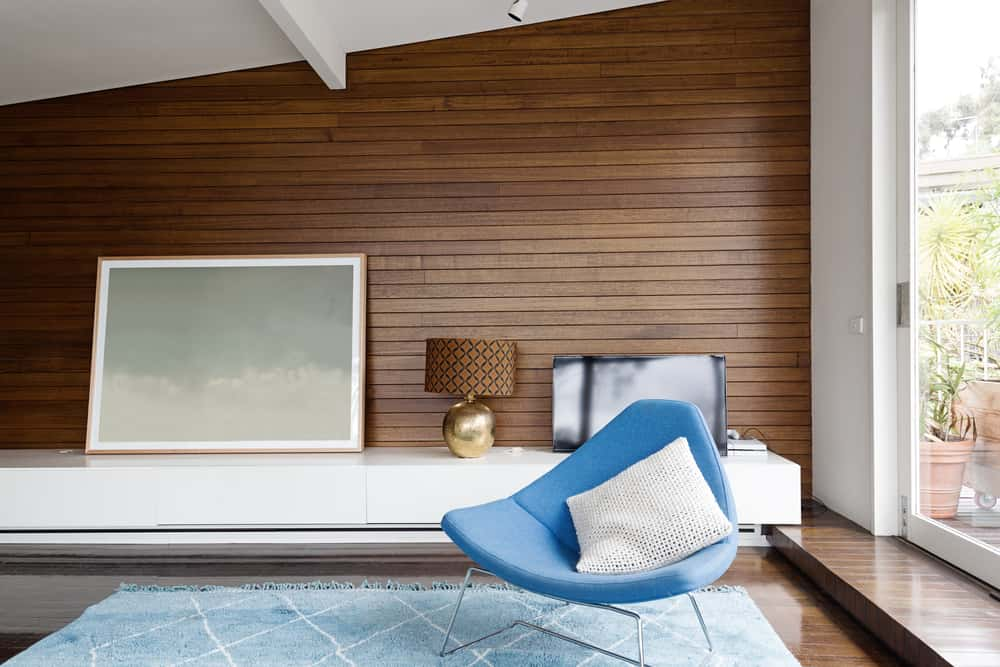
3. Metal Wall Cladding
This includes galvanised steel and aluminium. This is relatively inexpensive than other wall cladding materials and is also subjected to less maintenance and replacement over the years.
It is also a good idea for modern exterior wall cladding.
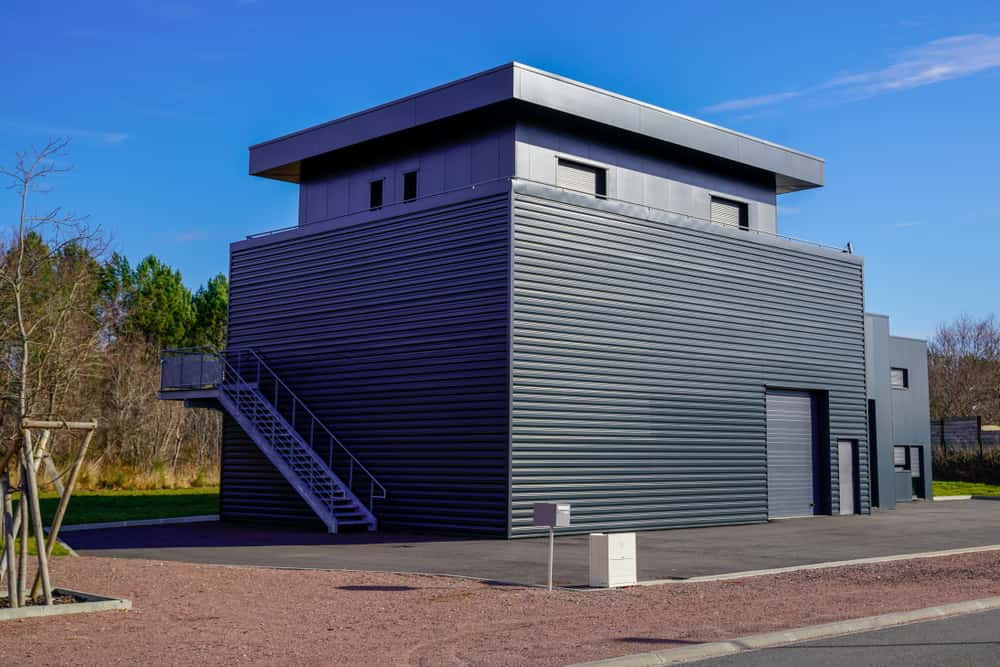
4. Vinyl Wall Cladding
It provides a plastic cladding option. This type of wall cladding material is most common in the USA. It includes PVC (Polyvinyl Chloride) panels.
These are very cheap and don’t require maintenance. A deep cleaning by washing every two years can revamp the look of the structure.
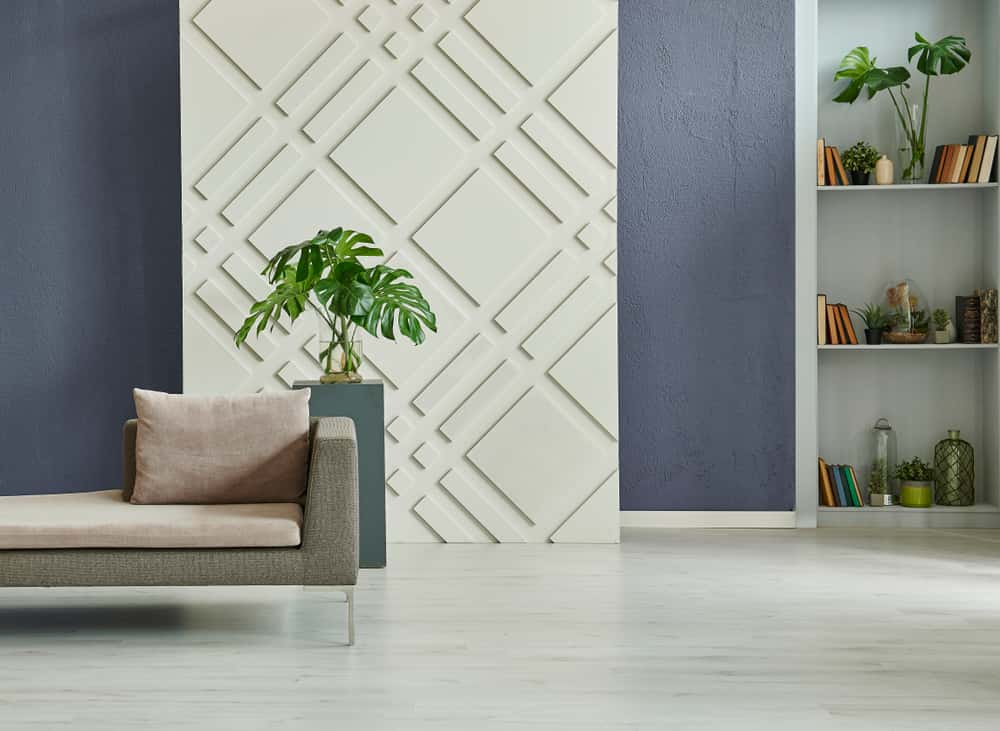
5. Stone Wall Cladding
Materials for stone cladding for exterior walls (and interior walls) are available in a wide range of colours like red, yellow, grey, brown, green, etc. This material is extremely durable.
Note that natural cladding stones are a bit on the expensive side as they require tedious labour work.
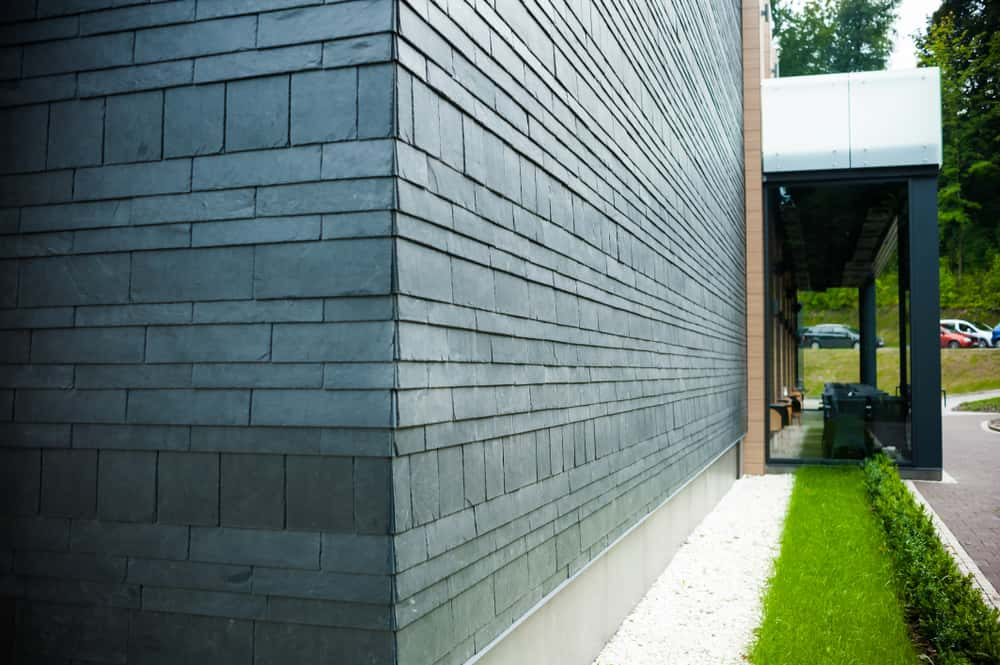
6. Fibre Cement Wall Cladding
Fibre Cement wall cladding material is sturdy and durable. They are also less expensive and do not require any maintenance.
The installation of fibre cement cladding sheets is also very easy.
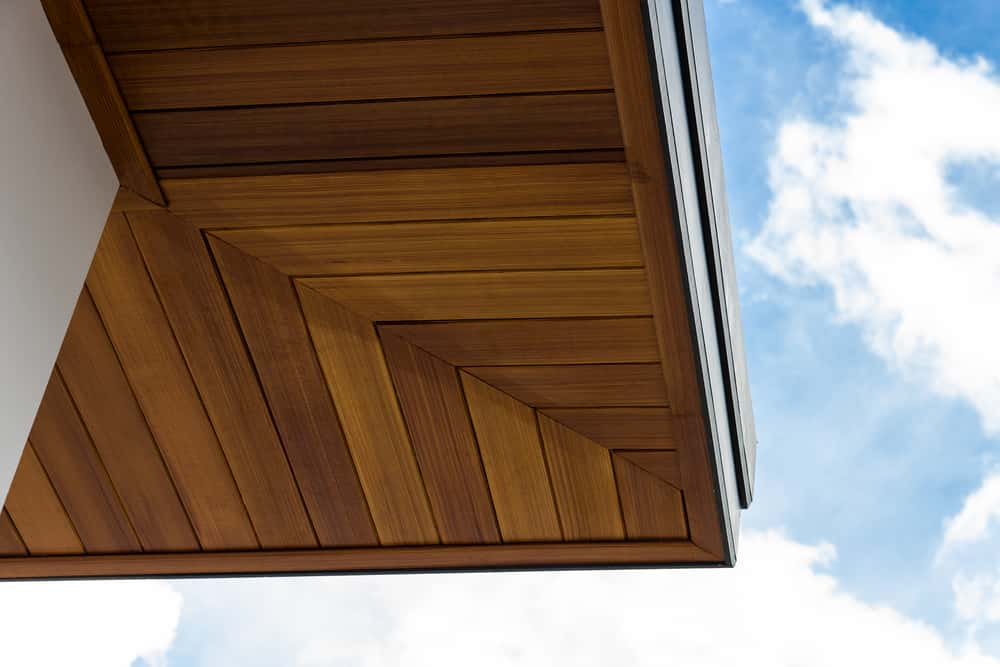
7. Steel Wall Cladding
This cladding material gives a strong finish to the structure. It is manufactured with a small amount of chromium.
This chromium reacts with the atmosphere and forms a thin layer of chromium oxide. The chromium oxide formed prevents the cladding from rusting.
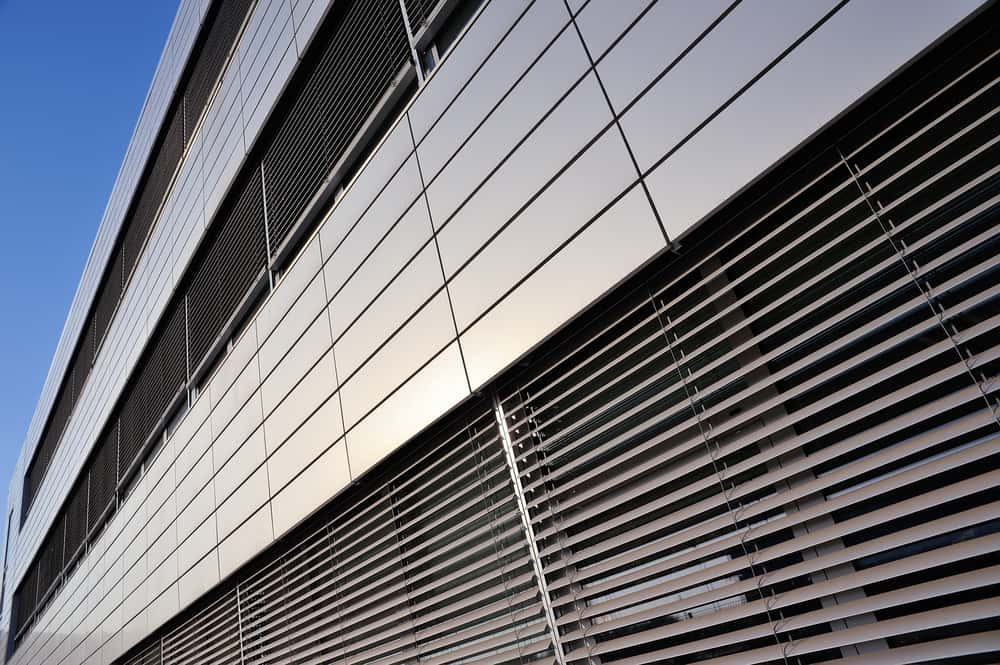
How and Where to Use Wall Cladding Material?
The wall cladding materials can be used strategically in a lot of ways. For example:
- Exterior walls
- Interior walls
- Ceiling
- Stairs
- Furniture
Drawbacks of Wall Cladding
1. Expensive
Wall cladding can be very expensive for your pocket.
Options like metal and vinyl wall cladding materials are inexpensive and easy to install. But other wall cladding materials, like concrete, brick, stone, etc., are very expensive due to the increased requirement of labour.
The maintenance cost should also be taken into account. Some high-end options, like wooden wall cladding, require frequent maintenance, burning a hole in your pocket.
2. Maintenance and Repair
Though wall cladding requires low maintenance, cleaning and washing may tone down the aesthetic look of the structure.
The replacement of broken or damaged wall cladding materials can turn out to be a bit expensive.
3. Time-Consuming
The installation of the wall cladding can be very time-consuming. The time required to install a cladding unit depends on the size and the base material of the wall.
If the surface area is huge and intricate designs are to be used for cladding, the installation time would be very long.
Conclusion
Though wall cladding has its advantages and disadvantages, it is undeniable that it enriches and increases the aesthetic appeal of the structure.
If you are looking for a sturdier structure with protection for the walls and its occupants, then wall cladding is the perfect option. It is especially important for places with extreme weather conditions.
For more ideas about modern exterior stone cladding, marble wall cladding, wooden cladding for exterior walls, and more, contact Homelane. Our experts can help you choose the perfect material for your home and also advise you on any queries you might have on living room design and interior decor.
FAQs
1. Which Material Is Used for Wall Cladding?
Wall cladding can be done with various materials, including stone, brick, wood, ceramic, metal, terracotta, vinyl, etc.
2. What Are the Different Types of Cladding Material?
Different wall cladding materials include wood, metal, brick, stone, vinyl, terracotta, ceramic, etc. Choose the best material based on aesthetic preferences and practical requirements.
3. What Is the Cheapest Cladding?
Plastic claddings, PVC claddings, or vinyl sidings are among the lowest-cost options for exterior wall cladding both from a material perspective and the installation one. They are lightweight and available in many shades, so adding PVC exterior wall panels are a great option for homeowners on a budget.
4. What Is the Best Type of Cladding?
Exterior stone cladding and metal cladding are both very popular options. Both stone and metal are highly durable hard materials. Stone cladding includes natural stone and engineered stone.
5. Why Wall Cladding Is Used?
Wall cladding is used to improve the thermal insulation in buildings and to increase their resistance to damage from weather conditions. Cladding also helps to improve the appearance of buildings.
6. What Is the Most Durable Cladding?
Vinyl cladding or PVC cladding is a very durable external cladding material. It is also economical, lightweight, and low maintenance.
7. Which Stone Is Good for Wall Cladding?
Whether for stone cladding for interior walls or stone cladding for exterior walls, the most popular options are sandstone, travertine, slate, and granite wall cladding. Stones like granite are available in many shades and design patterns.

